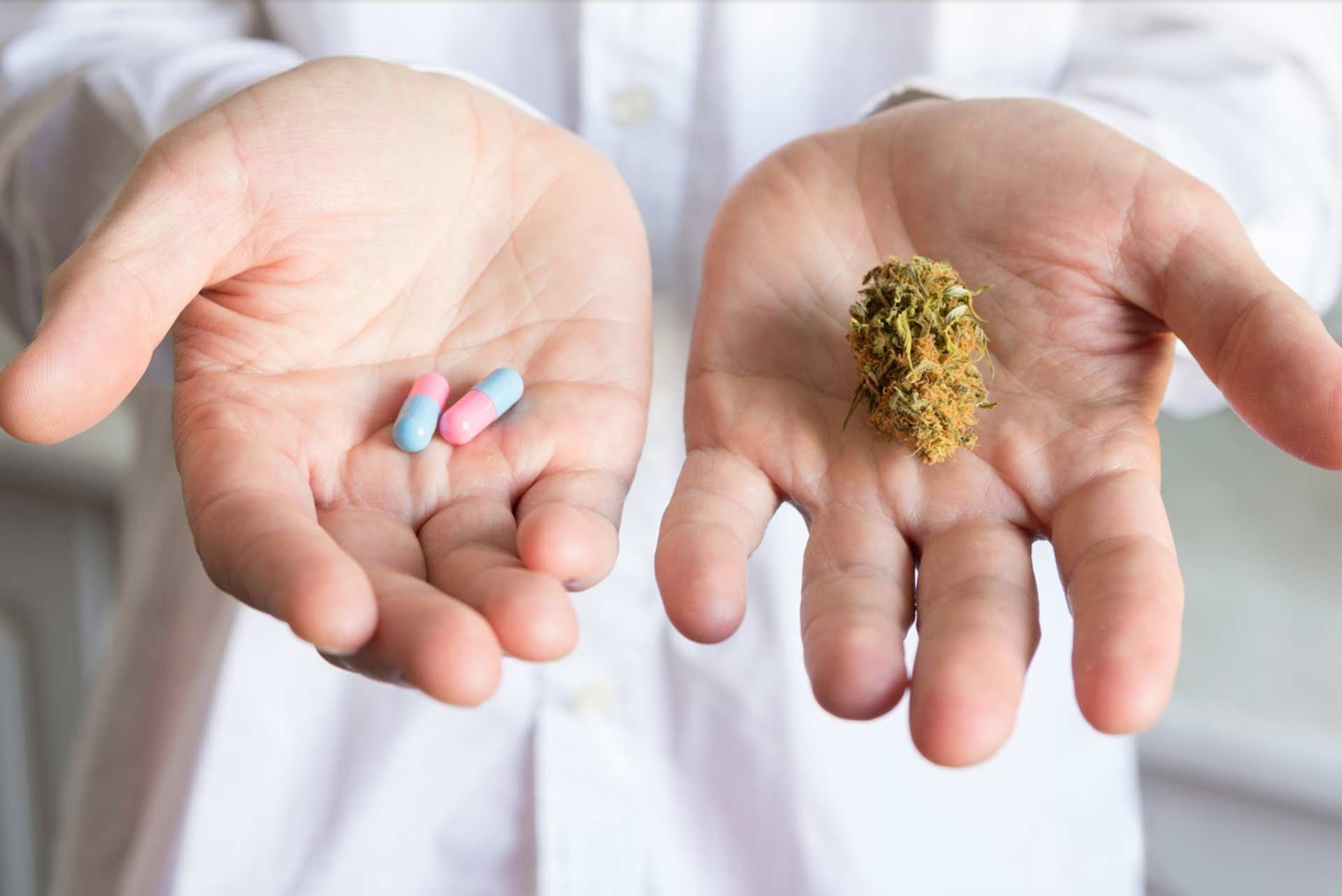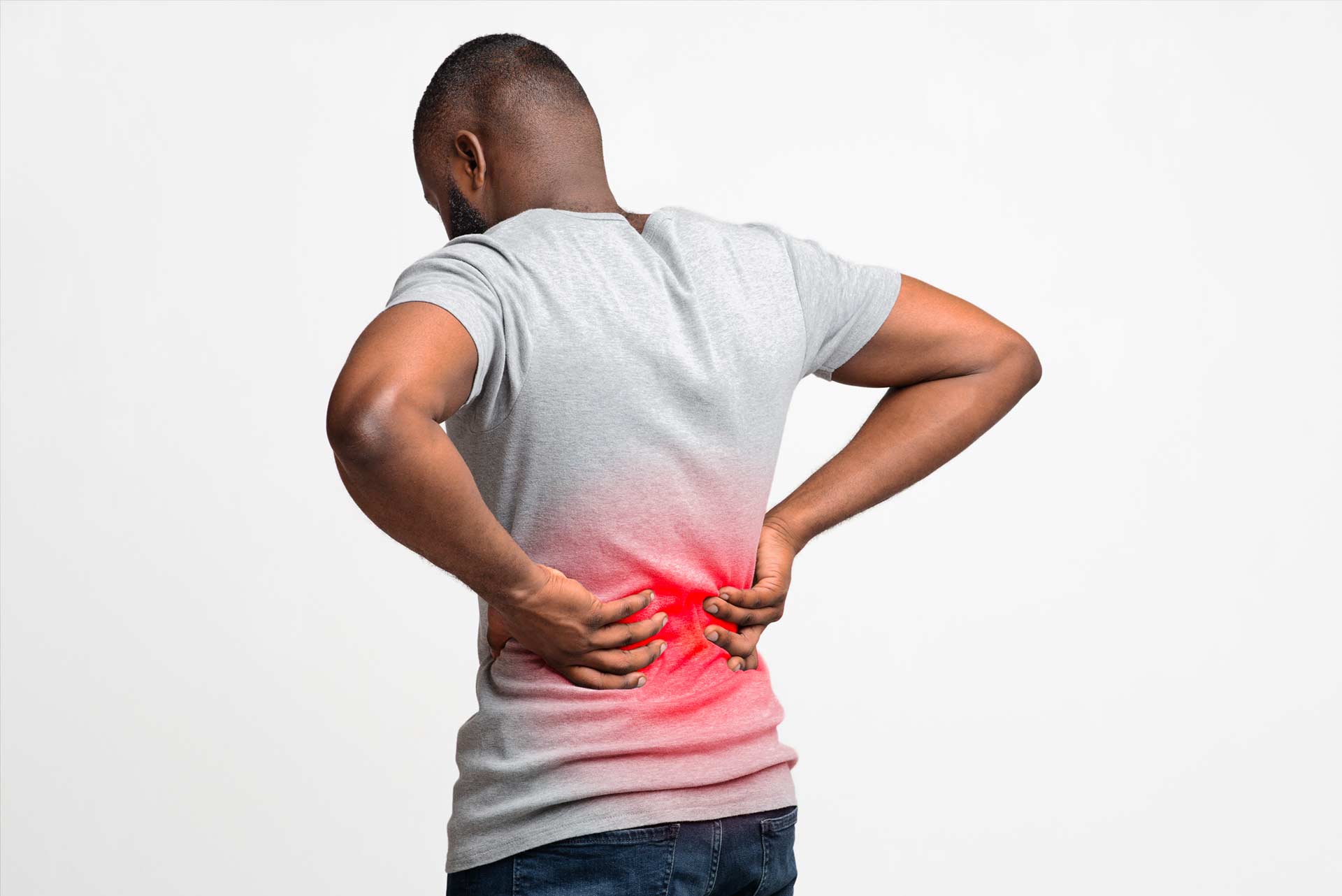From acute to chronic pain, cannabis can be a path towards restored function
By Katherine Golden, RN – Founder and CEO of Leaf411
Much like any other medicine, cannabis is not a magic pill, it is a tool. From the available research and our own experiences working with patients, we have found that the cannabis plant may be an effective alternative or adjunct therapy to potentially lower the doses of opiates or nonsteroidal anti-inflammatory drugs (NSAIDs) like ibuprofen and acetaminophen that can cause unwanted side effects.
Cannabis Can Be a Powerful Tool For Pain
When it comes to pain, everyone is different. How you experience pain, as well as your pain tolerance level, is shaped by a lot of different factors. In the same way, people respond to medicines differently.
Cannabis is emerging as a different option, proving to be a powerful new tool for managing pain. The cannabinoids in the cannabis plant, especially cannabidiol (CBD) and tetrahydrocannabinol (THC), have been shown to reduce inflammation and pain. Other cannabinoids (CBDa, THCa and CBG) plus plant compounds like terpenes may also play a role in reducing pain.
Federal restrictions in the United States continue to limit research on how cannabis impacts pain. However, other countries such as Israel have completed considerable research on cannabis’s therapeutic benefits.

What Are the Different Types of Pain?
Understanding the different types of pain and their sources can help you find the best cannabis options.
- Acute pain usually comes about as the result of an injury, overuse, or medical procedure. While the initial pain can be mild or severe, it gets better over time as your body heals. Slamming your finger in a door results in acute pain. Post-workout soreness, broken bones and surgery recovery also fit into this category.
- With chronic pain, “the pain itself becomes the disease,” explains Eduardo Fraifeld, MD. Doctors typically categorize pain lasting over 3-6 months as chronic pain. Chronic pain can be associated with arthritis, migraines, diabetes or multiple sclerosis (MS), among other conditions. It can also be a side effect of chemotherapy or other long-term medical treatments. In addition, when an injury heals yet the pain remains, that fits the description for chronic pain.
Pain can also be broken down into the following categories:
- Nociceptive pain: Pain in soft tissues, tendons or joints caused by injury, overuse, stress or illness. Arthritis and other types of inflammatory pain also fit in this category. Nociceptive pain tends to get better over time, except for arthritis. With this type of pain, inflammation triggers nearby nerves, resulting in aching or throbbing pain.
- Neuropathic pain: Neuropathic pain, or nerve pain, originates in the nervous system. This type of pain is chronic in nature. It often feels like pins and needles, an electric shock, or a burning sensation. Some common causes of neuropathic pain are carpal tunnel syndrome, sciatica, diabetes, and chemotherapy.
- Nociplastic pain: Is a relatively new category for pain that doesn’t fit well into the other two categories. Fibromyalgia, non-specific low back pain and irritable bowel syndrome are a few examples. Also, pain associated with and exacerbated by centralized and peripheral sensitization is an example of nociplastic pain.
THC or CBD? It Depends on the Person and the Type of Pain
Cannabis plant compounds (cannabinoids) work on the CB1 and CB2 receptors in your body’s endocannabinoid system.
Everyone’s endocannabinoid system is different, just like everyone has their own pain tolerance levels. Keep this in mind if a product ends up not working for you, there may be a better product or dose for you. You can always call our registered nurses at Leaf411 for guidance.
CBD: Many people successfully use CBD products to reduce inflammation-based pain. Full spectrum products containing all the plant compounds, including some amount of THC (including CBD hemp that has THC, tend to be the most effective. Primarily because minor cannabinoids, terpenes, flavonoids and essential fatty acids work together to create the “entourage effect.”
By helping to reduce inflammation, CBD may indirectly help reduce pain. However, it doesn’t bind directly to the receptors that control pain like an opioid does. For that, you need a different cannabinoid, THC.
THC: A lot of people immediately rule out products with THC because they’re concerned they will become impaired or “high.”
It’s important to know that small amounts of THC may have little to no impairing effects. At the same time, THC—even small amounts—can be a gamechanger when it comes to pain.
THC can act on the same receptors in your body that opioids do. However, you don’t get some of the problematic side effects that opioids can bring—nausea, constipation, and risk of physical addiction.
Cannabis plant compounds (cannabinoids) work on the CB1 and CB2 receptors in your body’s endocannabinoid system.
Everyone’s endocannabinoid system is different, just like everyone has their own pain tolerance levels. Keep this in mind if a product ends up not working for you, there may be a better product or dose for you. You can always call our registered nurses at Leaf411 for guidance.
CBD: Many people successfully use CBD products to reduce inflammation-based pain. Full spectrum products containing all the plant compounds, including some amount of THC (including CBD hemp that has THC, tend to be the most effective. Primarily because minor cannabinoids, terpenes, flavonoids and essential fatty acids work together to create the “entourage effect.”
By helping to reduce inflammation, CBD may indirectly help reduce pain. However, it doesn’t bind directly to the receptors that control pain like an opioid does. For that, you need a different cannabinoid, THC.
THC: A lot of people immediately rule out products with THC because they’re concerned they will become impaired or “high.”
It’s important to know that small amounts of THC may have little to no impairing effects. At the same time, THC—even small amounts—can be a gamechanger when it comes to pain.
THC can act on the same receptors in your body that opioids do. However, you don’t get some of the problematic side effects that opioids can bring—nausea, constipation, and risk of physical addiction.

Cannabis Compared to Opiates
Ironically, long-term use of opioids for chronic pain can make you more sensitive to pain—an effect called opioid-induced hyperalgesia. What’s the recommended protocol in response to opioid-induced hyperalgesia? To wean off of opioids(with help from your prescribing physician) and find a safer alternative for managing pain. Interestingly, cannabis has shown promise on this front, based on emerging research.
Cannabis does not cause pain sensitization but in fact can help treat it. THC and other cannabinoids work through the same receptors that opioids do. However, the way that they reduce pain (their chemical process) is different.
Neuropathic pain is difficult to treat even with conventional pharmaceuticals. Generally, opioid use for chronic neuropathic pain is ineffective. One study considered the risk and benefits of opioids for the treatment of neuropathies. It stated that “long-term opioid therapy didn’t improve the functional status but rather was associated with a higher risk of subsequent opioid dependency and overdose.”

The Goal: To Restore Function
We wish that we could tell you that CBD or THC products will completely eliminate all pain. However, that is not the case. If there were a magic one-size-fits-all cure for pain, the pharmaceutical companies would have discovered and patented it!
Instead, we always set the goal to reduce pain to a manageable level and restore function. When you restore function, you open the possibility of adding on additional supportive activities such as exercise and relaxation that further promote healing.
Can’t wait to get started? Our Leaf411 quick question hotline and one-on-one scheduled nurse guidance calls are available now to answer your questions about using cannabis to manage pain. Call us at 844-LEAF411 (844-532-3411).
The Leaf411 cannabis nurse hotline provides education and directional support to the general public about the safe use of legal cannabis. We partner with select business members who meet our rigorous standards to extend our education and outreach efforts.



